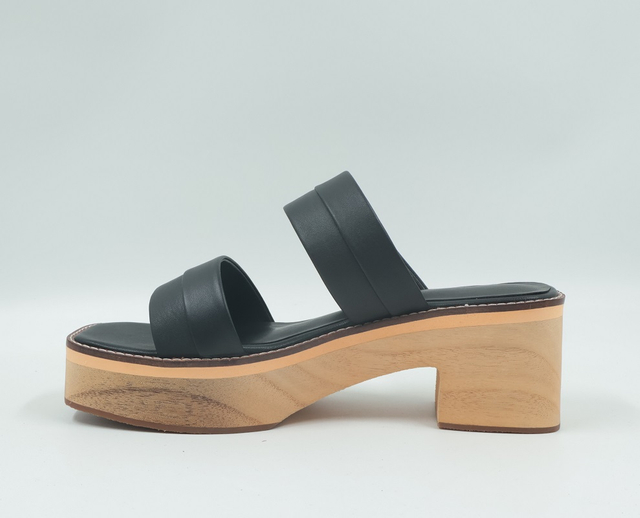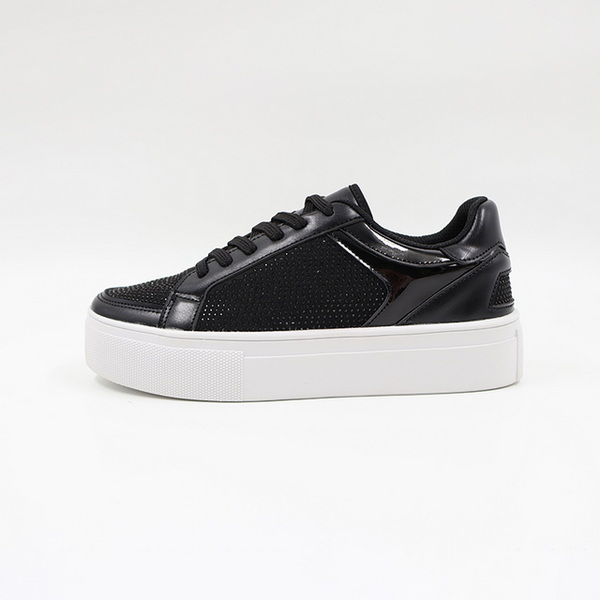Content Menu
● Understanding Shoe Size Conversion
>> Conversion Chart
● Why Does This Conversion Matter?
● Factors Affecting Fit
● Tips for Finding Your Size
● Common Misconceptions
>> Misconception 1: All Brands Fit the Same
>> Misconception 2: The Conversion Is Always 1.5 Sizes
>> Misconception 3: Women's Shoes Are Always Narrower
● Conclusion
● Frequently Asked Questions
>> 1. How do I convert my women's shoe size to men's?
>> 2. Is there a universal size chart I can use?
>> 3. What if I have wide feet?
>> 4. Are there any brands that run true to size?
>> 5. Can I wear men's shoes if I usually wear women's?
When it comes to shoe shopping, understanding the differences between men's and women's sizes can be quite challenging. This is particularly true for those who may want to purchase shoes across gender lines. If you wear a women's size 10 and are curious about what that translates to in men's sizes, this article will guide you through the conversion process, the nuances of sizing, and tips for finding the perfect fit.

Understanding Shoe Size Conversion
The general rule of thumb for converting women's shoe sizes to men's is that you need to subtract about 1.5 to 2 sizes. For instance, if you wear a women's size 10, you would typically look for a men's size 8.5 or 9.
Conversion Chart
Here's a simple conversion chart to illustrate this:
| Women's Size | Men's Size |
| 8 | 6.5 |
| 9 | 7.5 |
| 10 | 8.5 - 9 |
| 11 | 9.5 - 10 |
This chart provides a quick reference, but it's essential to note that actual fit may vary by brand and style.
Why Does This Conversion Matter?
Understanding shoe size conversion is crucial for several reasons:
- Wider Selection: Many styles may only be available in one gender's sizing, so knowing how to convert can open up more options.
- Cost Efficiency: Sometimes, shoes marketed towards men might be cheaper than their women's counterparts. Knowing how to convert sizes can help you take advantage of sales and discounts.
- Fit Preference: Some women prefer the fit of men's shoes due to their wider toe boxes or different arch support characteristics.
Factors Affecting Fit
While the conversion provides a basic guideline, several factors can affect how well a shoe fits:
- Brand Differences: Different brands have unique sizing standards. For example, Nike may fit differently than Adidas even if they are labeled the same size.
- Shoe Style: Athletic shoes often have different fits compared to dress shoes or boots.
- Width Variations: Men's shoes are generally wider than women's shoes. If you have wider feet, you might find men's shoes more comfortable.
Tips for Finding Your Size
1. Measure Your Feet: Always measure your feet before shopping. Stand on a piece of paper and trace your foot's outline, then measure the length from heel to toe.
2. Check Brand-Specific Size Charts: Many brands provide their own size charts that can help you determine the best fit based on your measurements.
3. Try Before You Buy: If possible, try on both sizes in-store to see which feels better.
4. Consider Width Sizes: If width is an issue, look for brands that offer wide options.
5. Read Reviews: Customer reviews often provide insights into how true-to-size a shoe runs.

Common Misconceptions
Misconception 1: All Brands Fit the Same
Not all brands fit the same way; always refer to individual brand sizing guides.
Misconception 2: The Conversion Is Always 1.5 Sizes
While this is generally true, some brands may differ slightly (e.g., Converse tends to run larger).
Misconception 3: Women's Shoes Are Always Narrower
While women's shoes typically are narrower, some brands offer unisex styles that accommodate various foot shapes.
Conclusion
In summary, if you're looking for a men's shoe equivalent to a women's size 10, expect it to be around an 8.5 or 9 in men's sizing. However, always consider brand-specific variations and personal comfort preferences when making your purchase decisions.
By understanding these conversions and factors affecting fit, you can enhance your shopping experience and ensure that you find the perfect pair of shoes—no matter which section of the store you're browsing.

Frequently Asked Questions
1. How do I convert my women's shoe size to men's?
To convert your women's shoe size to men's, subtract approximately 1.5 to 2 sizes from your women's size.
2. Is there a universal size chart I can use?
While there are general guidelines available, it's best to consult brand-specific size charts as they may vary significantly.
3. What if I have wide feet?
If you have wide feet, consider trying men's shoes as they tend to be wider than women's styles.
4. Are there any brands that run true to size?
Brands like New Balance and Adidas often have consistent sizing across their ranges; however, it's still advisable to check their specific charts.
5. Can I wear men's shoes if I usually wear women's?
Absolutely! Many women choose men's shoes for their fit and style preferences; just make sure to find the right size using conversion methods.

















